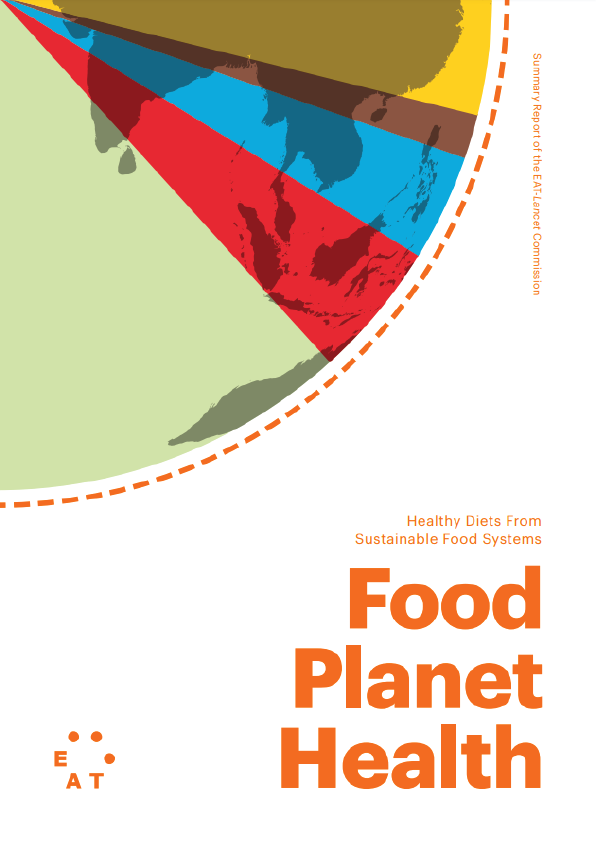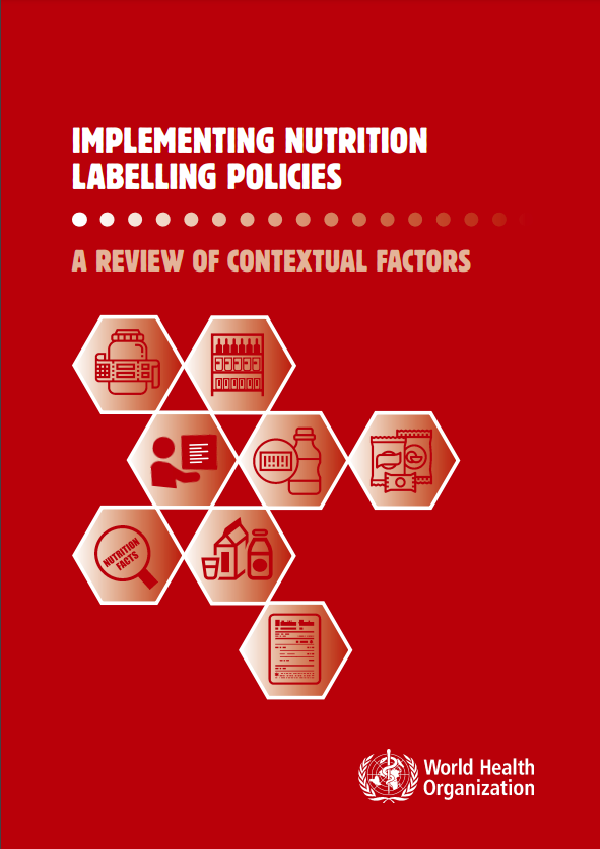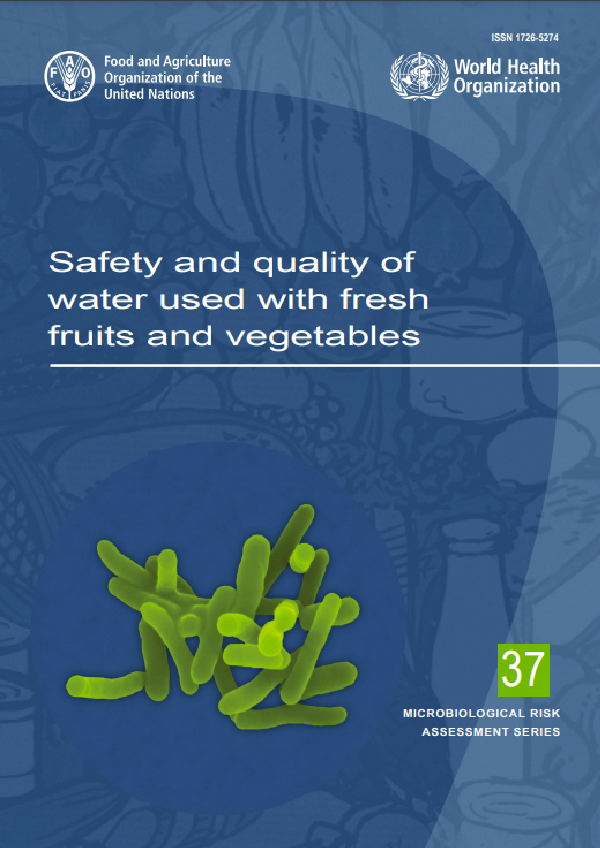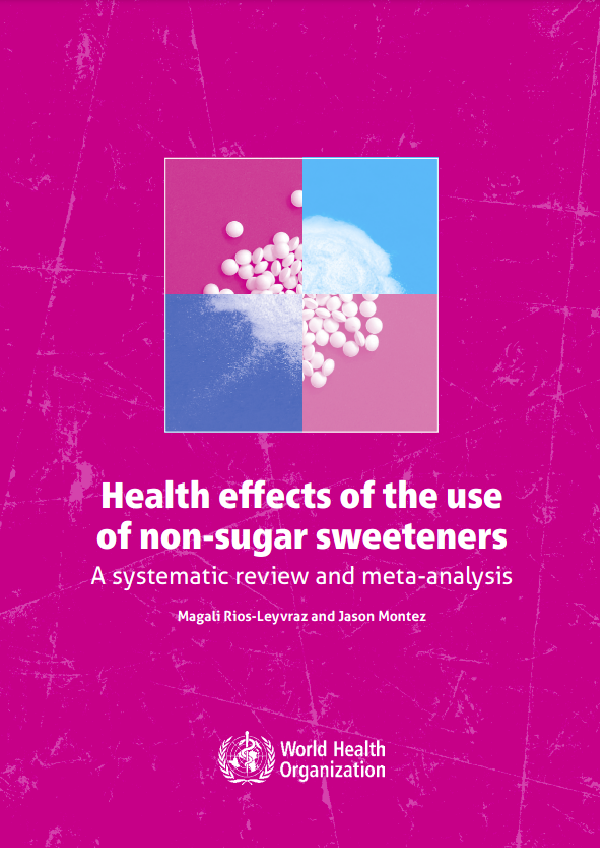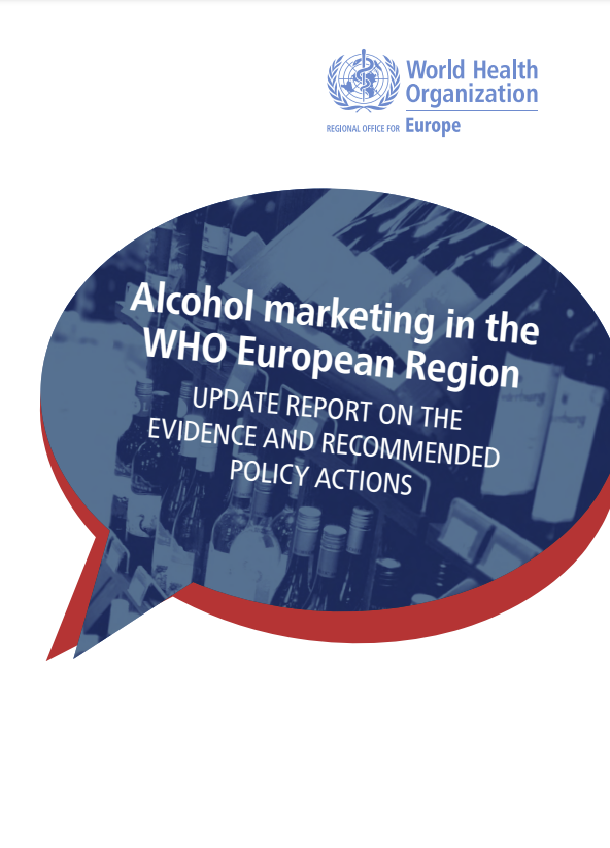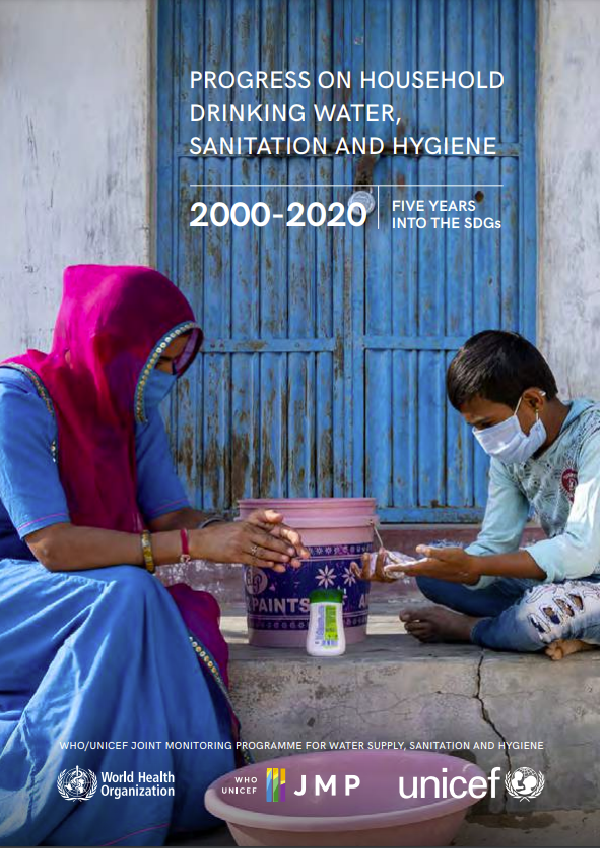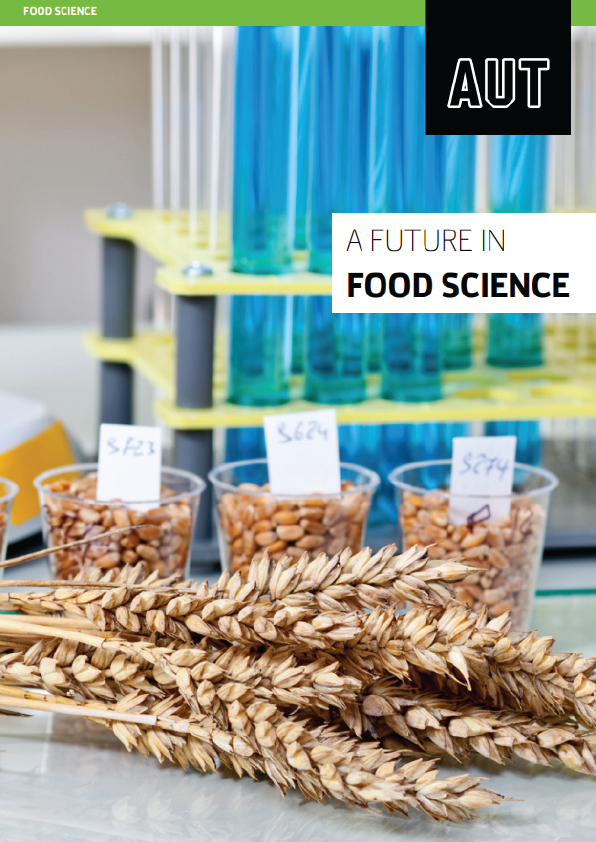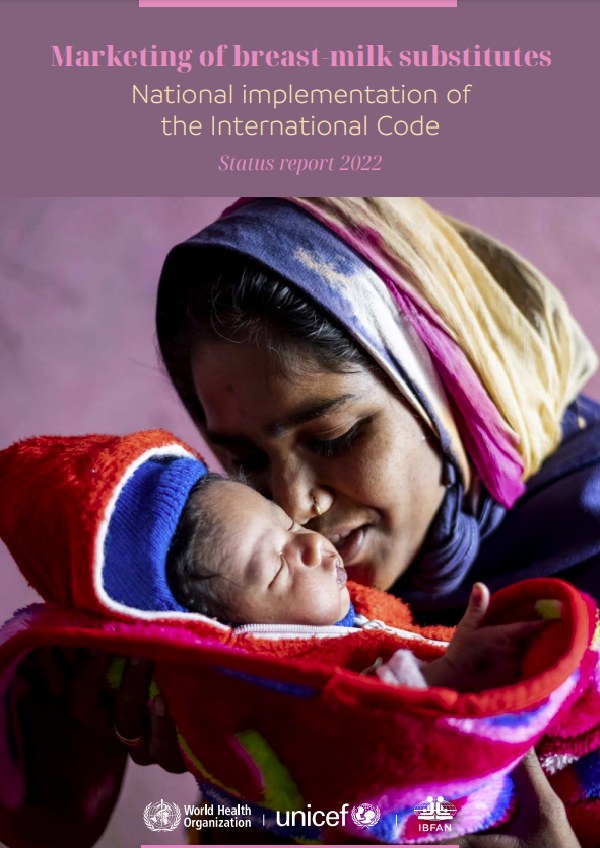Our Food in the Anthropocene: Healthy Diets From Sustainable Food Systems
Without action, the world risks failing to meet the UN Sustainable Development Goals (SDGs) and the Paris Agreement, and today’s children will inherit a planet that has been severely degraded and where much of the population will increasingly suffer from malnutrition and preventable disease.
Food is the single strongest lever to optimize human health and environmental sustainability on Earth. However, food is currently threatening both people and planet. An immense challenge facing humanity is to provide a growing world population with healthy diets from sustainable food systems. While global food production of calories has generally kept pace with population growth, more than 820 million people still lack sufficient food, and many more consume either low-quality diets or too much food. Unhealthy diets now pose a greater risk to morbidity and mortality than unsafe sex, alcohol, drug and tobacco use combined. Global food production threatens climate stability and ecosystem resilience and constitutes the single largest driver of environmental degradation and transgression of planetary boundaries. Taken together the outcome is dire. A radical transformation of the global food system is urgently needed. Without action, the world risks failing to meet the UN Sustainable Development Goals (SDGs) and the Paris Agreement, and today’s children will inherit a planet that has been severely degraded and where much of the population will increasingly suffer from malnutrition and preventable disease.
There is substantial scientific evidence that links diets with human health and environmental sustainability. Yet the absence of globally agreed scientific targets for healthy diets and sustainable food production has hindered large-scale and coordinated efforts to transform the global food system. To address this critical need, the EAT-Lancet Commission convened 37 leading scientists from 16 countries in various disciplines including human health, agriculture, political sciences and environmental sustainability to develop global scientific targets for healthy diets and sustainable food production. This is the first attempt to set universal scientific targets for the food system that apply to all people and the planet.
Food is the single strongest lever to optimize human health and environmental sustainability on Earth.
The Commission focuses on two “end-points” of the global food system: final consumption (healthy diets) and production (sustainable food production, see Figure 1). These factors disproportionately impact human health and environmental sustainability. The Commission acknowledges that food systems have environmental impacts along the entire supply chain from production to processing and retail, and furthermore reach beyond human and environmental health by also affecting society, culture, economy, and animal health and welfare. However, given the breadth and depth of each of these topics, it was necessary to place many important issues outside the scope of the Commission.
To Achieve Planetary Health Diets for Nearly 10 Billion People by 2050
A large body of work has emerged on the environmental impacts of various diets, with most studies concluding that a diet rich in plant-based foods and with fewer animal source foods confers both improved health and environmental benefits. Overall, the literature indicates that such diets are “win-win” in that they are good for both people and planet. However, there is still no global consensus on what constitutes healthy diets and sustainable food production and whether planetary health diets* may be achieved for a global population of 10 billion people by 2050.
By assessing the existing scientific evidence, the Commission developed global scientific targets for healthy diets and sustainable food production and integrated these universal scientific targets into a common framework, the safe operating space for food systems, so that planetary health diets (both healthy and environmentally sustainable) could be identified. This safe operating space is defined by scientific targets for intakes of specific food groups (e.g. 100 to 300 g/day of fruit) to optimize human health and scientific targets for sustainable food production to ensure a stable Earth system (see Figure 2).
The boundaries of the safe operating space are placed at the lower end of the scientific uncertainty range, establishing a “safe space” which, if transgressed, would push humanity into an uncertainty zone of rising risks. Operating outside this space for any Earth system process (e.g. high rates of biodiversity loss) or food group (e.g. insufficient vegetable intake) increases the risk of harm to the stability of the Earth system and human health. When viewed together as an integrated health and sustainability agenda, the scientific targets that define a safe operating space for food systems allow the evaluation of which diets and food production practices together will enable achievement of the SDGs and the Paris Agreement.
Setting Scientific Targets for Healthy Diets and Sustainable Food Production
A healthy diet should optimize health, defined broadly as being a state of complete physical, mental and social well-being and not merely the absence of disease. Scientific targets for healthy diets are based on the extensive literature on foods, dietary patterns and health outcomes. Healthy diets have an optimal caloric intake and consist largely of a diversity of plant-based foods, low amounts of animal source foods, contain unsaturated rather than saturated fats, and limited amounts of refined grains, highly processed foods and added sugars.
Do you want to explore more about the topic? Read through the book from the above now!
